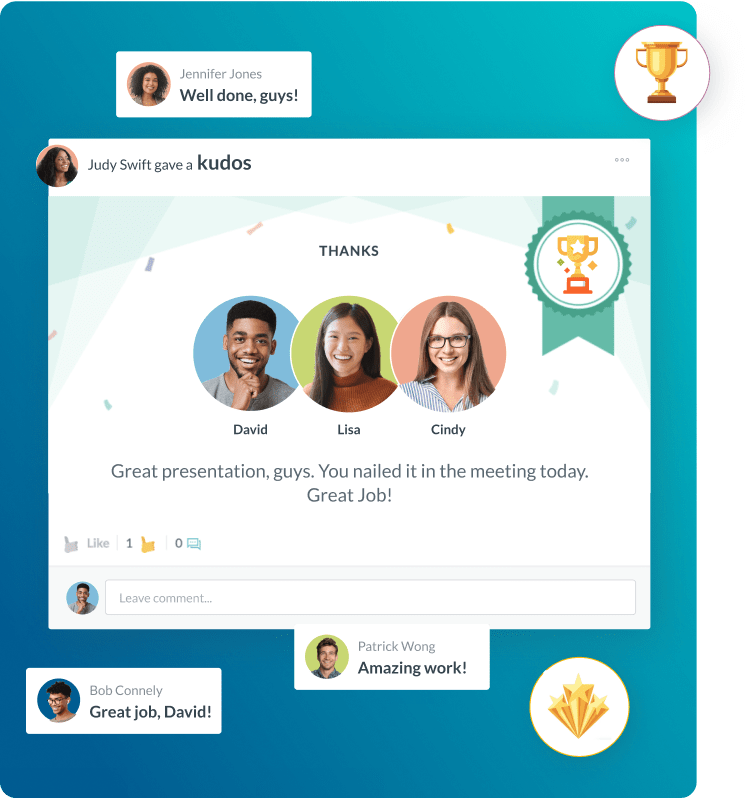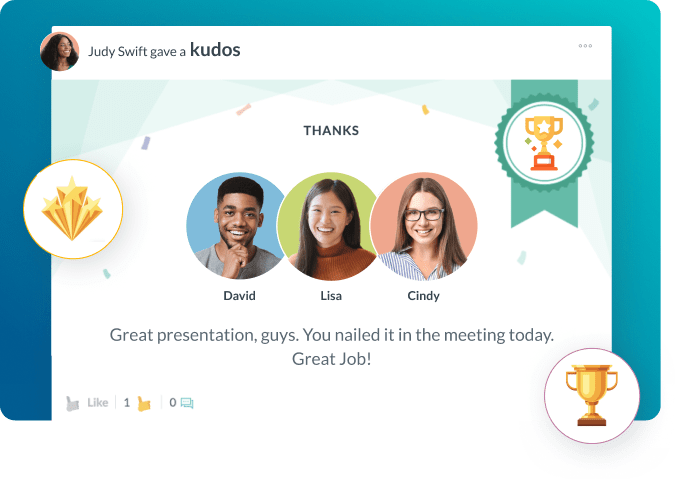HRMS for Gen Z
- Key Points for HRMS Professionals
- The Strategic Value of Tailored HR Technology
- Comparison: Traditional HR vs. Gen Z Expectations
- Best Practices for HRMS Adaptation
- Pitfalls to Avoid in Gen Z HRMS Strategy
- Industry Applications: HRMS for Gen Z Success
- Implementation Plan: Migrating to a Gen Z-Ready HRMS
- Future Outlook and Trends: Preparing for the Gen Z HR Future
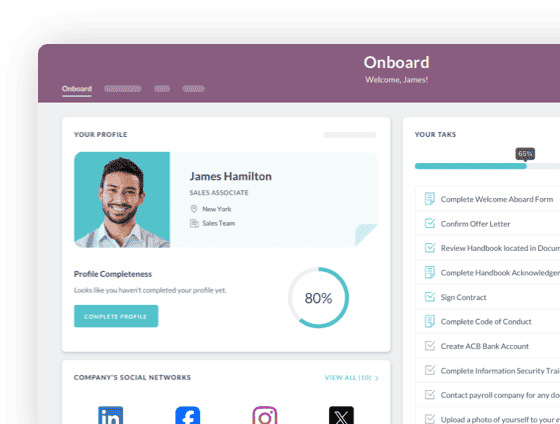
 Cut onboarding time
by 60%—here's the
Ultimate Checklist
that helped do it.
Cut onboarding time
by 60%—here's the
Ultimate Checklist
that helped do it.
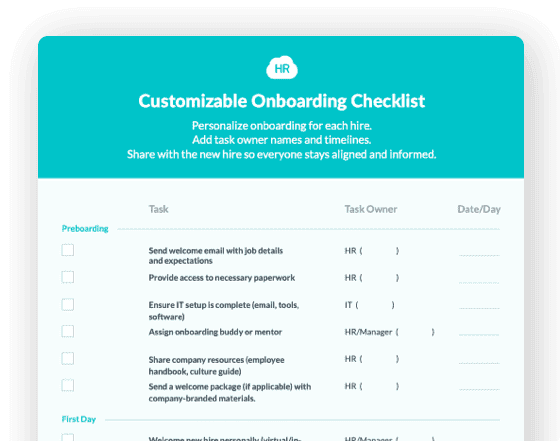
The arrival of Generation Z (Gen Z) in the workforce is a big change for Human Resources Management Systems (HRMS). This generation, born roughly between the mid-1990s and the early 2010s, is the first to be truly digital-native. Their needs for work technology, career growth, and company culture are very different from older workers. Because of this, business leaders must rethink how they manage talent, deliver training, and offer benefits. Adapting to these unique traits is a must for keeping talent and running the business well in the long run.
A modern, user-friendly HRMS is key to managing this group successfully. It makes core HR tasks like payroll and time tracking a smooth, mobile-first experience. Companies that match their HR methods to these younger employees will gain a crucial edge in the global labor market.
Key Points for HRMS Professionals
HR leaders must focus on technology, flexibility, and personal growth to lead a Gen Z workforce.
Digital Fluency is Non-Negotiable:
Gen Z expects all HR processes, from onboarding to performance reviews, to happen on easy-to-use, mobile apps. Old, complex desktop tools will cause frustration and low use.
Need for Continuous Feedback:
Unlike older workers who wait for yearly reviews, Gen Z wants immediate, ongoing feedback. They prefer short, frequent check-ins. The HRMS must allow this through real-time performance management tools.
Personalized Career Paths:
This generation wants clear progress in their careers. They demand resources for continuous skills development. An HRMS should show clear paths for learning and development and future roles.
Emphasis on Well-being and Purpose:
Gen Z places high value on work-life balance and mental health support. They want to work for companies with a strong social mission. HR technology can help by offering integrated wellness programs and clear updates on company mission.
Data Security and Privacy Concerns:
Though digital natives, Gen Z cares deeply about data privacy. HR software must be clear about how data is used and keep strong security protocols. As companies grow, scaling these security steps is vital for secure HRMS implementation.
The Strategic Value of Tailored HR Technology
Changing the HR technology to fit Gen Z's needs brings a big return on investment. When younger employees feel that the technology helps, not stops, their work, they stay more engaged. This lowers employee turnover. A modern, effective HRMS shows that a company cares about its people, which matches Gen Z's values. Also, using advanced talent management software ensures businesses are using the best tools to help their staff grow. One recent survey found that employees who use modern, integrated HR tech report much higher job satisfaction.
Comparison: Traditional HR vs. Gen Z Expectations
This table shows the main differences between older HR methods and what a digital Gen Z employee expects. This comparison highlights where leaders should focus on HRMS updates and process changes.
|
HR Feature/Process |
Traditional HR Approach (Older Systems) |
Gen Z Expectation (Modern HRMS) |
Strategic Implication |
|
Onboarding |
Paper forms, long in-person sessions, multi-day process. |
Fully digital, mobile-accessible, completed before start, includes gamified elements. |
Faster Time-to-Productivity, better first impression. |
|
Performance Reviews |
Annual or semi-annual formal meetings, complex rating scales. |
Continuous, real-time feedback, project-based checks, instant recognition. |
Better Engagement, quick fixes to problems. |
|
Training & L&D |
Mandatory classroom time, long e-learning, few course options. |
Microlearning modules, on-demand video, personalized development plans linked to hiring strategy. |
Higher Skill Adoption, lower training costs, supports continuous learning. |
|
HR Access |
Desktop login needed, internal portal only, static help documents. |
Single sign-on (SSO), mobile app, AI-powered chatbots for instant help, easy-to-use screen. |
More Efficiency, higher system use, less work for HR staff. |
Best Practices for HRMS Adaptation
To bring in Gen Z workers, businesses need an HRMS that works well and fits their digital and cultural needs. These steps ensure the technology helps everyone. For instance, focusing on employee self-service (ESS) functionality is a key part of this change.
Prioritize Mobile-First Design:
All main functions—checking time off, pay stubs, clocking in, and approving costs—must work perfectly on a smartphone. If the employee scheduling software is not mobile-ready, people won't use it. Gen Z lives on their phones, and their work tech must meet them there. Look at the essential features of mobile-first HR software.
Implement Continuous Feedback Mechanisms:
Move past the traditional annual review. Use HRMS tools that support frequent, casual check-ins, peer-to-peer recognition, and instant coaching. These tools promote growth and give Gen Z the constant direction they need.
Gamify Learning and Development (L&D):
Use badges, leaderboards, and short videos in your L&D tools. This copies the fun, quick experiences found in consumer apps. This makes required training easier and better for this tech-savvy generation. Companies should choose human capital management (HCM) systems with built-in gamification.
Offer Hyper-Personalized Communication:
Use the data in your HRMS to send content that truly matters. This could be L&D tips based on a current job role or personal benefits sign-up guides. Sending many generic messages quickly leads to people ignoring them.
Ensure Seamless Integrations:
Gen Z expects technology to work together easily. Make sure your HRMS connects smoothly with tools like Slack or Teams. This reduces problems and makes the HR system a natural part of the workday. A fragmented technology stack makes employees less productive and more stressed. This finding is supported by research into the challenges of a modern workplace, as noted by Forbes in their work on Gen-Z in the modern workplace.
Pitfalls to Avoid in Gen Z HRMS Strategy
As they aim for modern tools, leaders must avoid common mistakes. These mistakes can stop them from connecting with and keeping this talented group. Errors in tech or communication can quickly cause high turnover. Businesses need to track Gen Z’s feelings using HR reporting and analytics.
Implementing Legacy, Clunky Systems:
Do not try to update an old desktop HRIS with a weak mobile view. Gen Z will quickly drop systems that are slow or hard to use. They see them as a sign that the company is inefficient. This greatly hurts how people adopt employee onboarding software.
Ignoring Data Privacy and Transparency:
While they use technology constantly, Gen Z is highly sensitive about how their personal data is used. Vague privacy rules or systems that feel too intrusive will create a lack of trust. Be clear about what data is gathered, why, and how it is protected.
Over-relying on Formal, Top-Down Communication:
This generation likes working together and using casual channels. Relying only on formal emails for all big HR news often does not work. Use the HRMS to support many kinds of communication, including app notifications and employee portals. You can read more about modern communication strategies in HR.
Offering a Static, One-Size-Fits-All Benefits Package:
Benefits like health insurance are important. But Gen Z also values flexibility, student loan help, and mental health resources. A rigid HRMS that cannot manage varied benefits will fail to meet their needs.
Failing to Connect Work to Purpose:
Gen Z needs to see the whole picture. Their HR experience should link their daily tasks and goals directly to the company’s mission and positive impact. Failing to do so makes the work feel like just a transaction with no meaning.
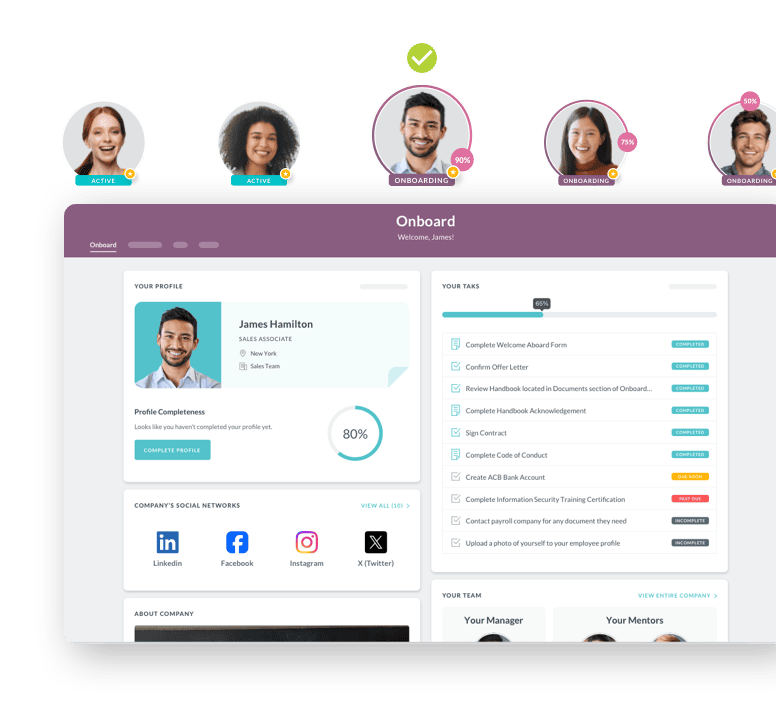
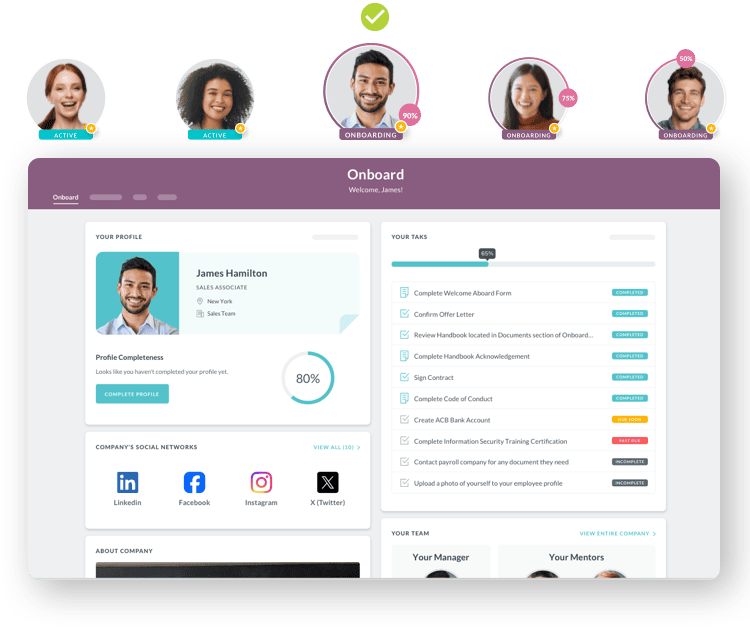
Industry Applications: HRMS for Gen Z Success
The rules for changing HR tech for Gen Z apply to all sectors. But how they are used changes based on the industry and its workers.
Retail and Hospitality
In these industries with high turnover, the focus is on speed and easy access. A Gen Z-friendly HRMS must be great at fast mobile employee scheduling, time tracking, and quick updates. For example, a major coffee chain uses a mobile app for all shift trades and instant pay info. This greatly boosts employee happiness and cuts down on manager paperwork. The HRMS must also handle many new hires fast, using applicant tracking. Learn how to improve streamlining HR for high-volume industries.
Technology and Creative Services
For knowledge workers, flexibility and constant skill building are key. A global software firm uses its HRMS for a flexible career system. Employees can access many courses, track their skill gaps in real-time, and get feedback from project managers, not just their direct boss. The system supports remote work and fluid team structures. This perfectly fits Gen Z's desire for independence and skill mastery.
Healthcare
Healthcare needs strict compliance and record-keeping. Still, Gen Z staff (like nurses) want digital efficiency. A large hospital successfully used a mobile HR platform. Clinical staff can manage complex shift bidding, compliance training forms, and education from their personal devices. This replaces paper trails. It ensures compliance while offering the speed younger employees expect, greatly improving HR compliance tracking.
Implementation Plan: Migrating to a Gen Z-Ready HRMS
Switching to an HR technology that Gen Z likes is a multi-step project, not a simple purchase. This plan focuses on user needs and fast deployment, which are key for this group.
Step 1: Conduct a Digital Experience Audit
Start by looking at your current HR tech. Find problems by asking current Gen Z employees for feedback. What is slow, only on desktop, or needs paper? This check should cover everything from time-off requests to using the employee handbook. The goal is to find the clear points of digital friction.
Step 2: Define Gen Z-Centric Requirements
Based on your audit, focus on needs like strong mobile access, easy screen design, single sign-on (SSO), and real-time communication tools. Your new HRMS must treat the employee experience as important as the system's function. Good user experience (UX) helps people use the system.
Step 3: Pilot and Iterate with a Small Cohort
Do not launch the new system everywhere at once. Pick a small, diverse group of Gen Z employees to try it first. Use this test phase to fix bugs and get vital feedback. Quick, repeated fixes match this generation’s need for constant, open improvement.
Step 4: Develop a Modern Adoption and Training Strategy
Stop using old training manuals. Use short, interesting video tutorials, in-app guides, and micro-learning modules to teach the system. Get younger employees to be system champions and create real, peer-led training content. As Forbes suggests, modern training methods are crucial for digital natives.
Step 5: Integrate and Launch Key HR Functions
Roll out the new system piece by piece. Start with the tools used most often, like time and attendance management and payroll. Make sure all needed connections to other systems work before a full launch. Clear messages about the system's benefits, focusing on "What's in it for me," are important for a smooth change.
Step 6: Measure and Continuously Optimize
After launch, track more than just how many people use it. Measure employee happiness with the HR tools, time spent on common tasks, and how often people use continuous feedback and L&D tools. Use this data from the HRMS analytics and reporting to make ongoing changes. This shows your commitment to getting better.
Future Outlook and Trends: Preparing for the Gen Z HR Future
Gen Z is speeding up big changes in how companies manage staff. HRMS technology is at the center of this shift. Leaders must look ahead and plan for the next wave of ideas.
AI and Conversational HR
The future of HRMS will use a lot of Artificial Intelligence (AI). Gen Z will expect to use chat interfaces for simple HR tasks. They will ask an AI chatbot their vacation balance or file a cost report using voice commands. AI will also make benefits choice and career paths more personal. The World Economic Forum highlights the growing role of AI in the workplace.
Skills-Based Talent Architecture
The focus is moving from fixed job titles to dynamic skills management. Future HRMS platforms must track and manage skills in real-time. They will match employees to internal projects based on proven abilities, not just old job roles. This gives Gen Z the clear path and growth chances they value.
The Rise of Embedded Well-being Tools
Mental health and well-being will be a bigger part of the HRMS. Look for systems that connect employees to mental health resources easily. They should track well-being data (anonymously) and offer personal support. This trend shows that employees view their boss as a partner in their total health. Gallup research on employee well-being supports this idea.
Preparing for these trends means investing in flexible, scalable HR technology. By putting the Gen Z experience first today, companies are not just managing a current group of workers. They are making their entire talent management and HR software strategy ready for the future.
Keep Reading
The Hidden Metrics of Frontline Success: Beyond Engagement Scores
"What gets measured gets managed, but what gets measured well gets transformed." — Peter
Embracing Diversity: Recognizing Different Cultures in the Workplace
Workplaces today reflect the incredible diversity of the world around us. People bring
From Manual to Automated: A Complete Guide to Digitizing Employee Onboarding for Large Organizations
Sarah Chen, Director of HR at a 7,000-employee healthcare organization, starts her Monday
Ready to streamline your onboarding process?
Book a demo today and see how HR Cloud can help you create an exceptional experience for your new employees.






